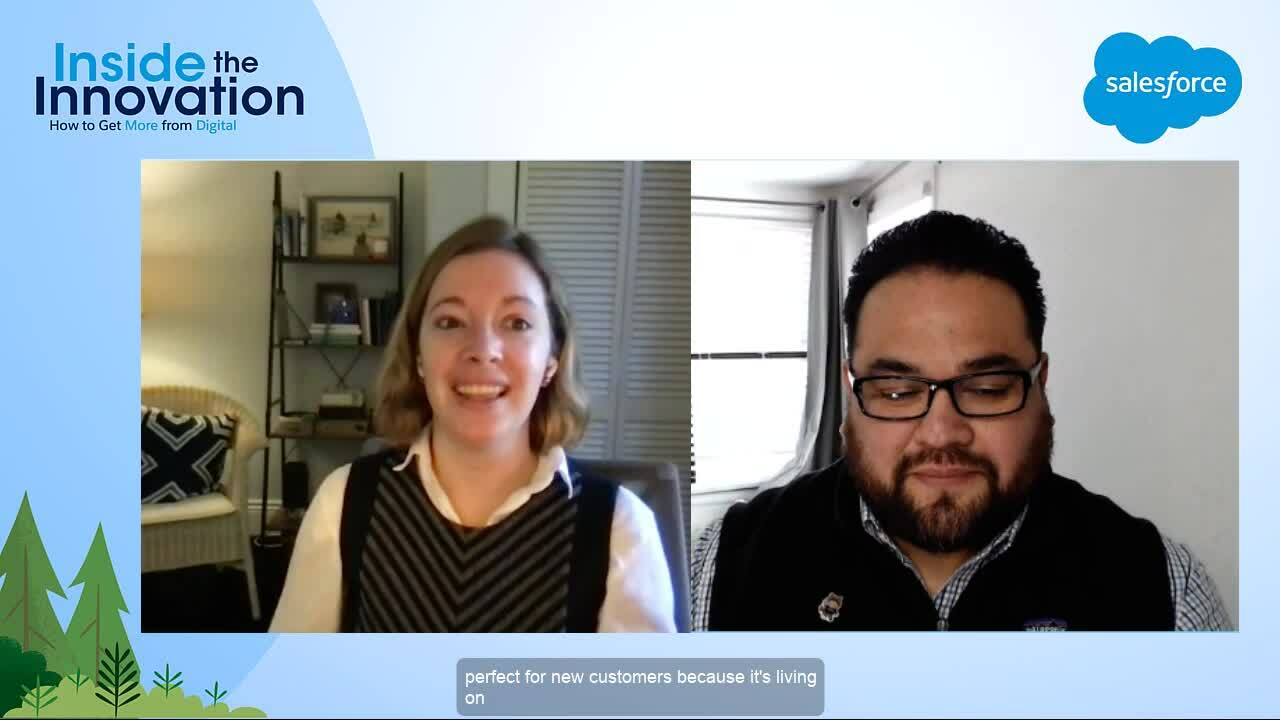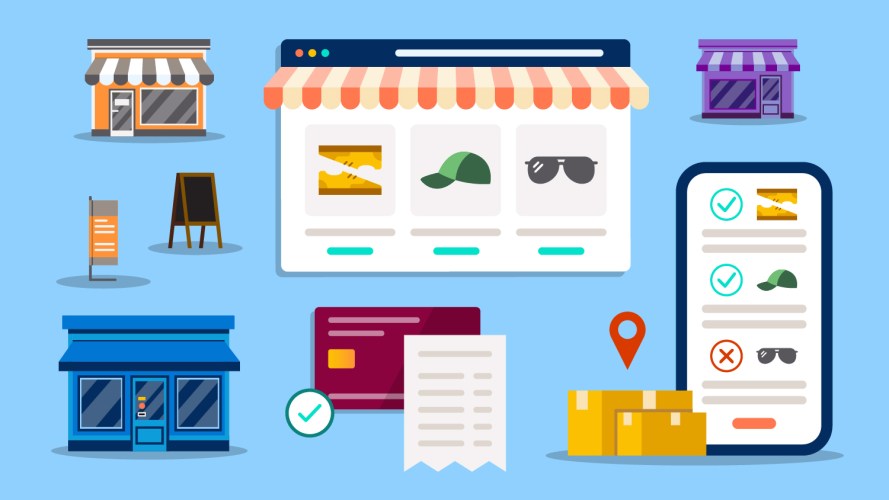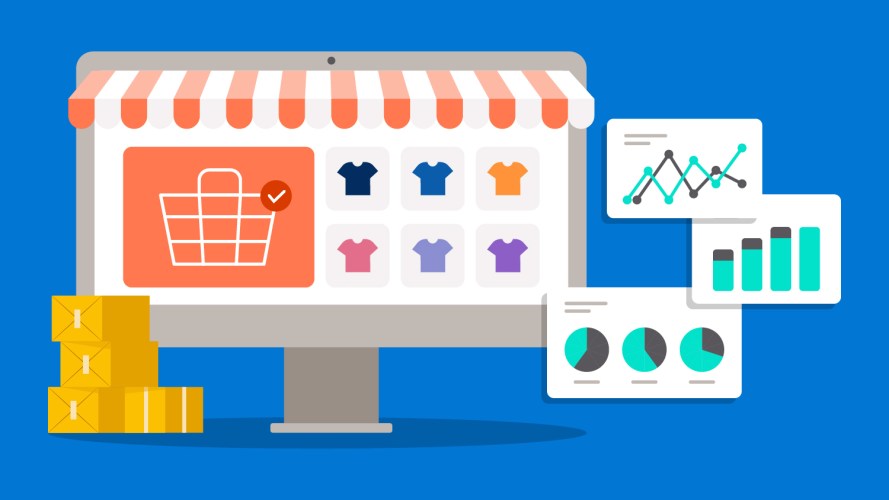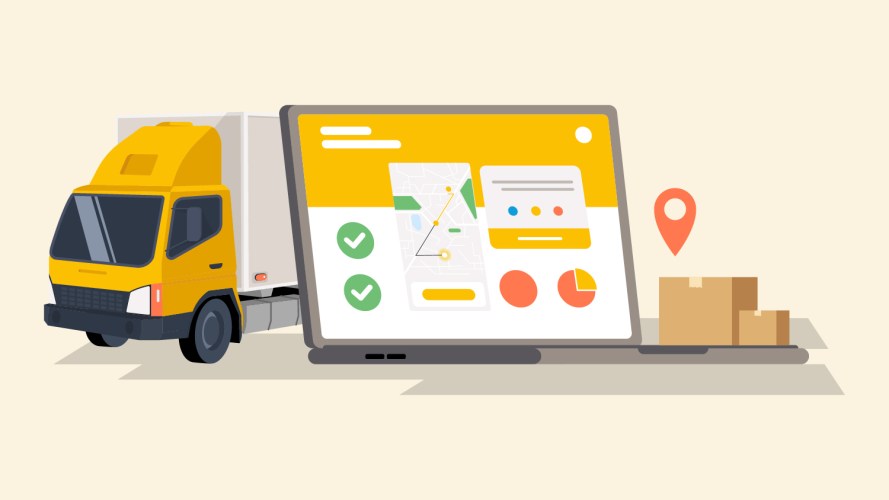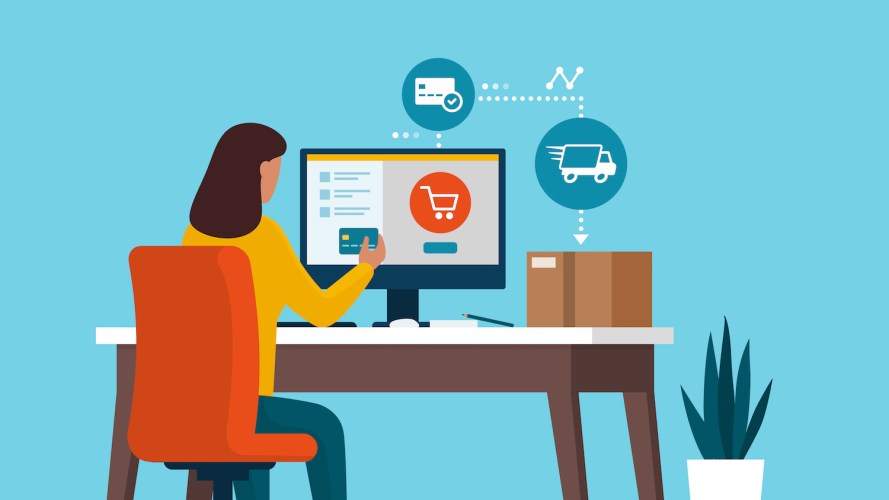Clicks, Not Calls: How To Drive Traffic To Your Digital Commerce Storefront



Alert them, convert them, and keep giving your business customers the positive purchasing experience they expect. Learn how to attract new clients and guide existing customers toward the B2B digital storefront of your customers’ dreams.

Kate Sheridan
Your business-to-business (B2B) customers are used to doing business with your sales reps over the phone. Will they adopt a digital commerce substitute? Only if you help them make the change from phone to storefront.
If you’ve already taken the steps to launch your digital commerce site, congratulations! But, your work doesn’t stop there. Once you have your site set up, you need to tell customers about it, encourage them to give it a try, and walk them through any challenges. A great experience will keep them coming back for more.
An intuitive digital commerce experience helps B2B companies maintain routine business in a remote world while keeping their sales team productive. Consider the following ways you can drive traffic to your B2B digital storefront and ensure successful purchase journeys.
Just starting to grow your digital storefront?
Set your company up for success by identifying growth opportunities like a customer segmentation to guide your process.



Get customers comfortable with clicks
Begin with the customers you already have, as they know and trust your brand. Most will appreciate new digital access to your products and services — 79% of B2B leaders report that their customers prefer to make repeat purchases online. Get buy-in from internal teams on how you’ll approach customers and expand from there.
Rally organization-wide support for a digital storefront
Make sure you have executive business sponsors and support. This way, everyone in the organization — especially Sales and Marketing — works to encourage customer adoption of your storefront. Watch out for any internal politics, compensation issues, or other obstacles to site promotion and shifting customer behavior. Since most companies compensate sales reps for digital orders, Sales makes money in their sleep and see themselves as ambassadors for digital commerce.
Use marketing to spread the word
Marketing plays a huge role in increasing awareness and driving traffic to your digital storefront. Look for every opportunity to promote your digital commerce site in existing marketing materials and channels. Get employees, partners, and customers talking about it.
Here are some simple first steps:
- Display your URL on all messaging and email signatures.
- Use email automation and campaigns to promote site features.
- Send tutorial videos and case studies to customers to show them how it works.
To give you an example, Phillips Pet Food and Supplies created a how-to section with articles and demonstration videos to help walk users through the site. This freed up their sales team to work on bigger projects rather than onboarding customers one at a time.
Make the most of your early site adopters
The first customers to use your digital storefront are incredibly valuable. Their experiences can help you fix any issues. As customers start using the site, request feedback about their experiences and use it to improve functionality.
Next, identify your early champions. Document quick wins and build user stories. Internal stakeholders can use these tools to inspire other customers to shift their purchasing to your online channel.
Support those who stick to old routines
A customer’s first-time experience with any site is not always easy or intuitive. Some might avoid it altogether, while others might try it once but then revert to previous patterns. Listen and learn from your customers. Support them as they shift their habits to online purchasing and make sure the buying journey meets their needs.
Review usage and behavioral reports, such as data from Google Analytics and your digital commerce platform, to identify customers who have not yet placed any online orders. Reach out to them through their preferred communication channel, such as email, SMS, or voice calls, to understand why and to help them overcome their challenges. For example, they may not understand how to quickly make repeat orders. You can send them a how-to video or a knowledge article to help guide them.
Differentiate your communications
Different audiences react and respond to information in different ways. Tailor marketing materials for each segment and personalize your calls to action. Use as many communication channels as possible so they can reach out with questions from the app, site, or device of their choosing.
Attract new customers to your digital storefront
While keeping existing customers is essential for survival, finding new customers is necessary for growth. But acquisition costs companies 5X as much as retention. Use these techniques to acquire and retain new customers.
Strengthen your SEO strategy
The majority of online experiences begin with users typing into a search engine. Showing up for relevant search results is a key way to attract new customers.
Conduct keyword research to determine which search phrases you want to rank for. Then, check your search engine optimization (SEO) settings for optimized metadata on your product and storefront pages. Use SEO-friendly and canonical URLs, and configure your sitemaps and robots file.
To further increase your visibility in search engine results, consider paid search. For example, place ads on pages of search results for a particular term. Strategize with your search engine marketing (SEM) budget and take a look at what your competitors are doing.
Most B2B commerce sites have authentication to give buyers negotiated pricing, show their order history, and offer other personalization. But to build an SEO strategy, it’s also important to offer guest browsing so that valuable content is available for search crawlers.
Get social
Social media provides countless opportunities for B2B customers to bump into your brand. Don’t overlook free and paid opportunities on Facebook, Twitter, and Instagram to increase exposure for your brand and drive traffic to your site. A social media strategy will also allow you to stay top of mind with existing customers, so it’s a win-win for acquisition and retention.
Demonstrate expertise through content marketing
B2B audiences use content to inform their buying decisions. Build a content marketing strategy that establishes credibility and elevates your brand as a thought leader in your industry. Deliver information via accessible blogs, infographics, videos, research reports, and product spotlights.
Develop a gating strategy to increase your email subscriber base and gather contact information for follow-up. But don’t put everything behind a gate. Entice audiences with compelling content first. Once they understand its value, they will happily share their email address in order to get more.
Open up your site for lead generation
If your site requires a login and password to access your products or services, consider an open space. There, prospects can discover who you are and why they should set up a contract with you instead of your competitors. If you provide a tailored experience, leads will likely follow.
Get creative with customer experiences
A little creativity can go a long way. And for mobile device protection company Otter Products, their creative thinking bumped up their B2B order volume by 3X in just six months post launch.
They have a digital commerce storefront for consumers as well as a B2B site. If a customer purchases more than nine units at once, they see a pop-up alert to let them know that the B2B site is available if they’re buying for a business. This creates an integrated ecosystem that has generously contributed to the success of the B2B site.
Building your B2B digital commerce storefront is just the beginning. It creates opportunities for teams across your organization to reach customers and help them make the most of everything your brand has to offer. And as you expand your digital capabilities, impressive growth is sure to follow.
Get more growth strategies for your B2B business
Explore why customer segmentation is a great first step to prioritize what’s important.



This post is part of our series about how to maximize growth opportunities in B2B commerce.
